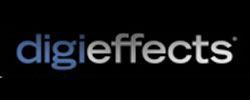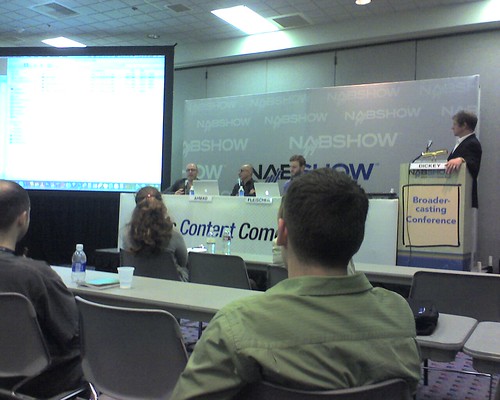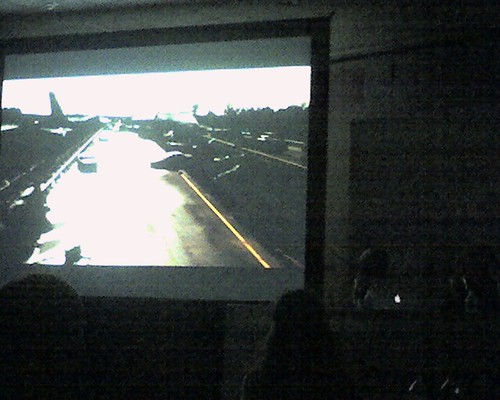#INKMINIGT* Official Prize List
Saturday, April 14th, 2012Thank you to all the sponsors and partners and bloggers and tweeters for playing along and getting the word out!
The main point of this party is to have fun and set the mood for a great NAB!
For those of you that could pony up for the VIP tickets, GREAT! You will get to play golf for free and get the beer and food and be in the running for the sponsored prizes. There are a limited number of VIP collector’s passes (first come first served) but I think there will be enough for all of you.
For those of you who RSVP’d for a “We’ll just come hang out!” That’s AWESOME too! I can’t wait to see my old friends and make new ones!
Are you psyched? I’m PSYCHED!
I am still banging out the official itinerary but will post it here when it’s complete.
Thanks to our sponsors:
Independent Filmmakers of the Inland Empire, KISS by Monster Mini Golf, Blackmagic Design, JAG35, Divergent Media, Focal Press, DV Expo, DigiEffects, ArtBeats, Assisted Editing, RevoStock, FilmTees and iKan Corp!
I am sure there will be more before “tee time” and for those who couldn’t donate this year, there’s always next year!
So the prizes are…
From Blackmagic Desgn
A copy of Blackmagic Design’s DaVinci Resolve Software ($995)
A Blackmagic Design HyperDeck Shuttle ($345 value)
From JAG35.com
A JAG35 Straight Rig ($400 value)
A JAG35 Street Runner Rig ($250 value)
From Divergent Media
A copy of ClipWrap ($50 value)
and
A copy of ScopeBox 3.0 ($100 value)
From Focal Press
9 Focal Press Books:
3-DIY – Stereoscopic Moviemaking on an Indie Budget
By Ray Zone
Plug-in to After Effects – Third Party Plug-in Mastery
By Michele Yamazaki
The Insider’s Guide to Independent Film Distribution
Second Edition – By Stacey Parks
First-Time Filmmaker F*#^-ups – Navigating the Pitfalls to Making a Great Movie – By Daryl Goldberg
Final Cut Pro X for iMovie and Final Cut Express Users – Making the Creative Leap – By Tom Wolsky
FilmCraft: Editing – By Justin Chang
Make Your Movie – What You Need to Know About the Business and Politics of Filmmaking – By Barbara Freedman Doyle
Filming the Fantastic: A Guide to Visual Effects Cinematography, Second Edition – A Guide to Visual Effects Cinematography
By Mark Sawicki
Indie Film Producing – The Craft of Low Budget Filmmaking
By Suzanne Lyons
From DV Expo
A Three-day VIP pass to DV Expo West ($975 value)
From DigiEffects
3 Copies of DigiEffects DigiSuite ($499 value, each)
From ArtBeats
A prize of $500 worth of stock footage of the winners choice from ArtBeats
From Assisted Editing
a $100 voucher to spend on any Assisted Editing products
From iKan Corp
A VL5 monitor ($349 value)
From Film Tees
FilmTees.com T-shirts!
From RevoStock
$1,000 in RevoStock credit! (5x$100 and 1x$500)
From Red Giant Software
$5,000 in Red Giant Software Prizes!
OFFICIAL SIGN-UP HERE.
*#INKMINIGT = [I]FIE (Independent Filmmakers of the Inland Empire) [N]AB (National Association of Broadcasters’ NAB Show) [K]ISS (by Monster [Mini] [G]olf) [T]ournament. #INKMINIGT is the official hashtag for the event. Get involved! Tweet it up!
GOOD LUCK!!! SEE YOU THERE!!!
PODCASTS





















